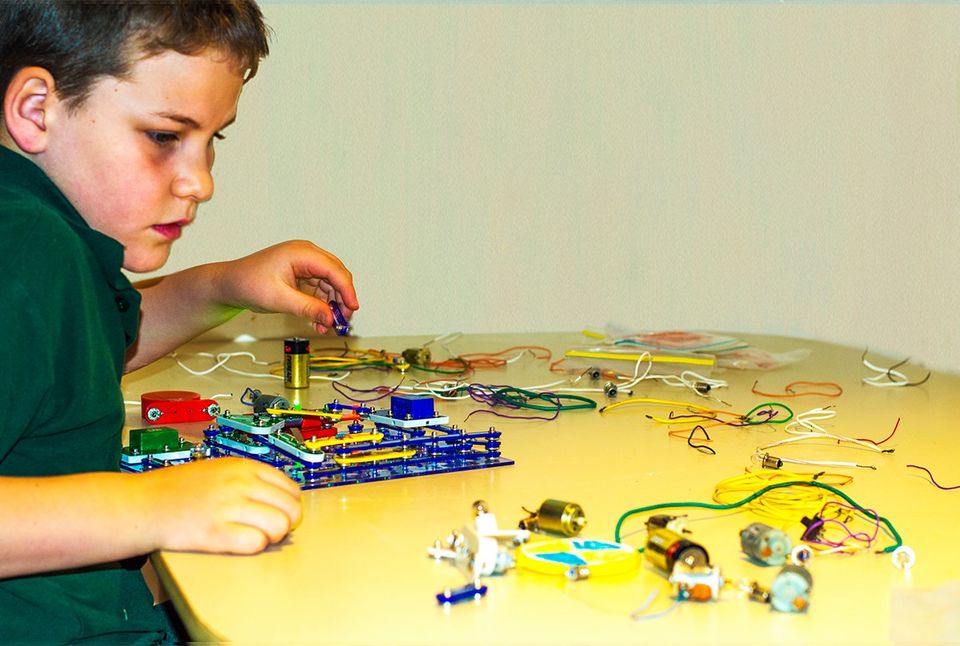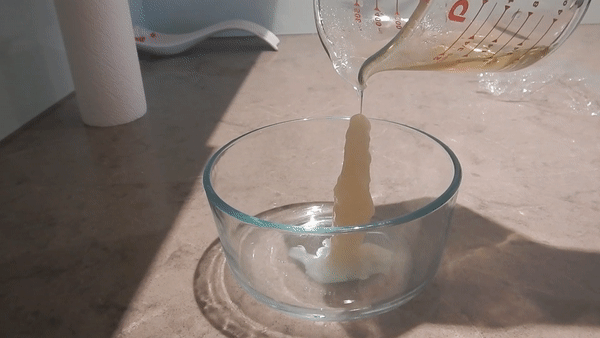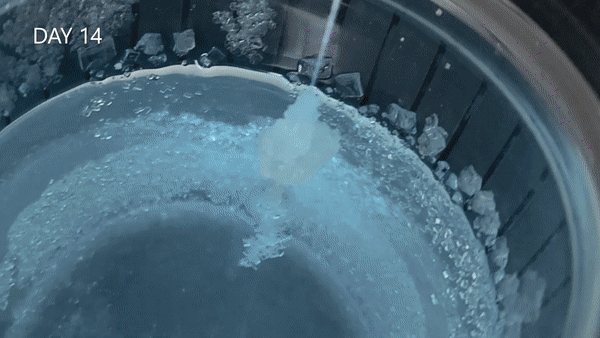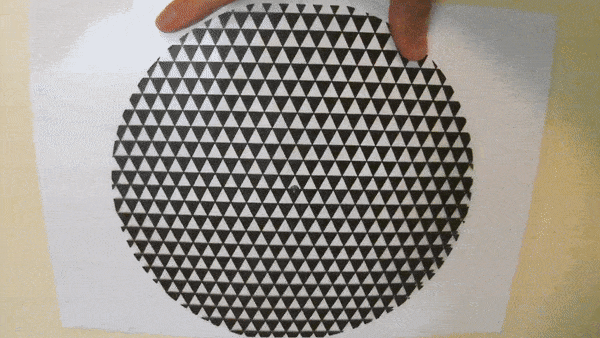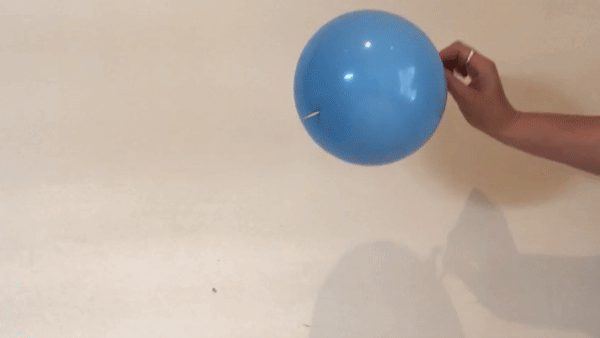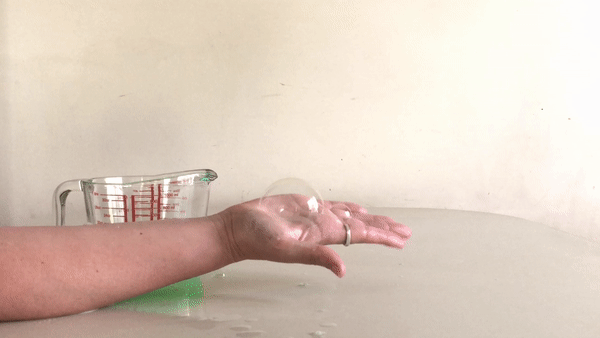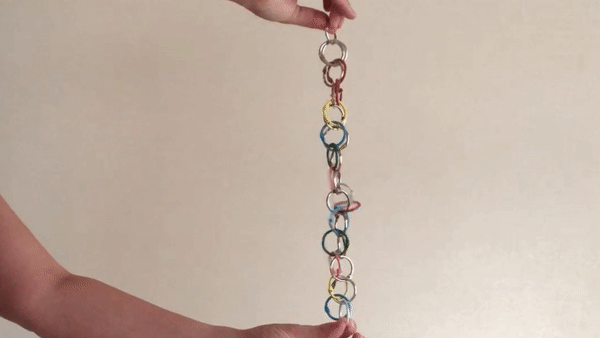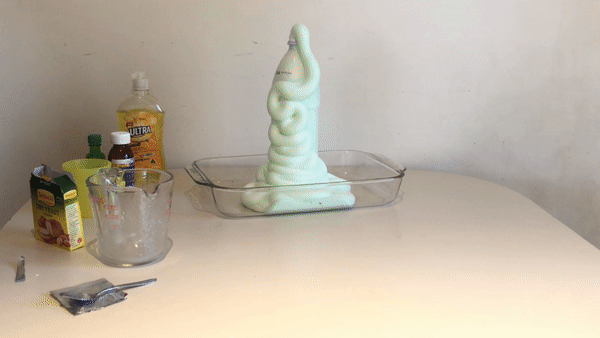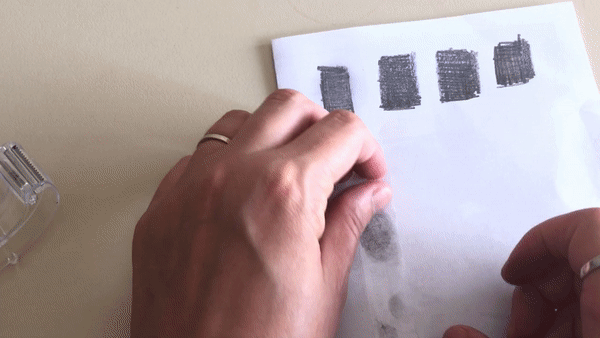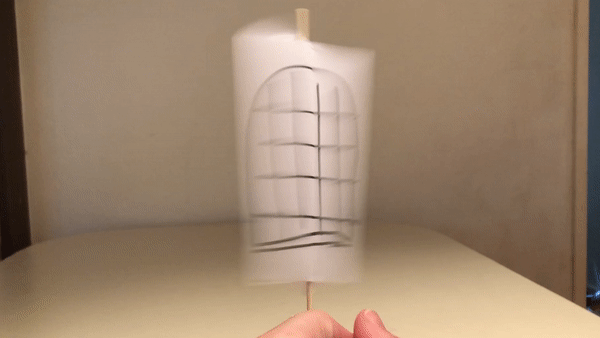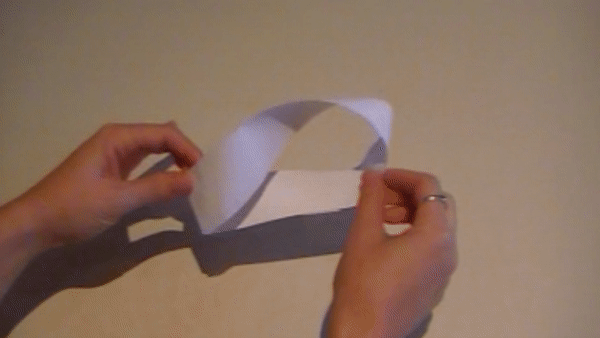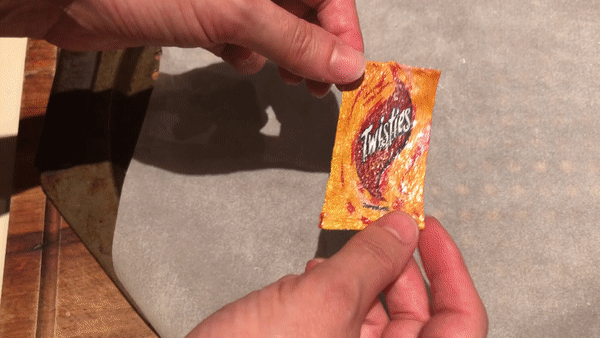FLEET Schools
Hot Ice
This can be a bit of a tricky experiment, but when it works, it’s fantastic! Combine vinegar and baking soda to make ‘hot ice’. Warning: boiling water involved #adultsupervision What you need: Vinegar, baking soda, saucepan, jug, bowl What to do: Put 4 cups (1 L) of white vinegar into a saucepan. Then slowly add 3 tablespoons (60 mL) of …
Stalactites
Take a shortcut on the thousands of years needed for limestone stalactites and stalagmites to form in cave, forming salt stalactites in a matter of days. What you need: Epsom salt or rock salt, string, water, glasses, paperclips, saucepan What to do: In a saucepan, dissolve as much salt in hot water as you can by stirring over heat. Place …
Salt Crystals
Growing salt crystals in the home What you need: Rock salt, string, glass, water, pencil, saucepan, food dye What to do: Pour 500mL of water into a saucepan and add rock salt. Stir to dissolve. Add as much salt as you can until it stops dissolving. Tie a salt crystal to some string, allowing the string to dangle down, and …
Shapes and Patterns & the next big thing in physics: moiré pattern and twistronics
Animation on Paper
Want to create a high tech version of a flip book? Use patterns to create a hard copy of an animation. What you need: a printout of a specific image – an image of an atom can be downloaded here a printout of the lined pattern (download here) on a transparency What to do: Print out the attached images, with …
Holey Balloon
A little bit of science magic. What happens when you push a skewer all the way through a balloon? It pops, right? Not necessarily. What you need: balloon wooden skewer vegetable oil What to do: Stretch out a balloon and then blow it up until it is quite big. Then let some air out until it is about two-thirds its …
Catching Bubbles
Playing with bubbles can be a bit of fun. But what if you could make it so that the bubbles didn’t pop when you caught them? What you need: water dishwashing liquid glycerine a straw What to do: Mix approximately 200 mL of water with a teaspoon of glycerine. Stir well. Add approximately 2 tablespoons of dishwashing liquid. Mix gently. …
Coke vs Diet Coke
If you have a can of Coke and Diet Coke, they are the same size – it says so right on the cans. But we observe a difference very easily. What you need: can of Coke can of Diet Coke large container of water, deeper than the height of the cans What to do: Place the can of Coke into …
Falling Rings
Create something out of keyrings that appears to be a magic trick What you need: at least 24 keyrings, preferably 12 of one colour and 12 of another colour (or coloured). You can purchase coloured and silver keyrings at Officeworks. What to do: Join all the coloured keyrings together in a line. Hold the coloured rings up by the end …
Supertaster
Test (and trick) your tastebuds, looking at the relationship between taste and smell. What you need: black peppercorns What to do: Tightly hold your nose. Put a peppercorn in your mouth. Bite the peppercorn between your teeth. What do you taste? Now let go of your nose. What do you taste now? What happens: When you hold your nose, you …
Elephant Toothpaste
Create a chemical reaction that looks like very, very large toothpaste! What you need: 6% hydrogen peroxide – you can purchase this from a chemist, not the supermarket yeast powder warm water empty soft drink bottle dishwashing liquid food colouring (optional) rubber gloves safety glasses funnel or jug What to do: Put on the safety glasses and gloves. Pour 100mL …
Musical Glasses
Make some music with glasses of water and a spoon. What are the different sounds you can make? What you need: several glasses spoon What to do: Put different amounts of water in each glass. For example, have one glass almost full, one glass half full, one glass almost empty, etc. Use the spoon to tap on the glasses, one …
Red Cabbage Indicator
Something colourful with kitchen items that can be used to show how acidic (or basic) something is. What you need: red cabbage water blender food or chemicals to test for acidity, eg. lemon juice, vinegar, shampoo, household cleaner, tomato, egg white What to do: Put three or four red cabbage leaves into a blender. Fill it to half way with …
Day and Night
Demonstrate why we experience day and night using a ball and a lamp. What you need: lamp/torch ball What to do: Turn the lamp on and hold the ball up so the light is shining onto one side. Rotate the ball, imaging it is Earth rotating. Pick a unique spot on the ball and imagine it is Australia. Notice how …
Fingerprinting
Examine your fingerprints using every day items. What shapes can you see in your fingerprints? What you need: white paper sticky tape pencil magnifying glass (optional) What to do: Colour squares on a piece of paper using a grey lead pencil. These should be larger than your finger. Rub the tip on your finger in the pencil colourings until your …
Bird in a Cage Illusion
Create a visual illusion where a bird drawn on one side of some paper, and a cage drawn on the other, appear as though the bird is in the cage. What you need: 2x notecards coloured markers skewer/pencil/stick sticky tape What to do: On one card, draw a bird in the middle of the card. On the other card, draw …
Walking Colours
Use science (and a bit of food colouring) to make a beautiful rainbow by “walking” colours between glasses. What you need: at least 3 glasses or jars, 5 glasses is better but you could also use 7 – it is best to use small glasses/jars red, yellow and blue food colouring paper towel water What to do: Put your glasses …
Möbius strip – a one-sided object in 3D
Create an object that only has one side – known as a Möbius strip. What you need: a long strip of paper sticky tape scissors pen/marker What to do: Take the strip of paper and bend the ends together. Twist one of the ends over 180 degrees, and stick the ends together. You have now created a Möbius strip. To …
Boat Racers
Use bread bag ties to create boats that race along the surface of water without even touching them. What you need: shallow dish, square or rectangular water bread bag clips food dye (optional) dishwashing liquid cotton tips What to do: Pour the water into the dish so it covers the bottom of the dish. Place bread bag clips at one …
Shrinking Chip Packet
Make a miniature version of a chip packet. You could make this into a keyring to hang on a school bag. What you need: 2x baking trays baking paper chip packet What to do: Wash the empty chip packet with dishwashing liquid and water. Dry it thoroughly. If you want to make a keyring, put a hole in the top …

